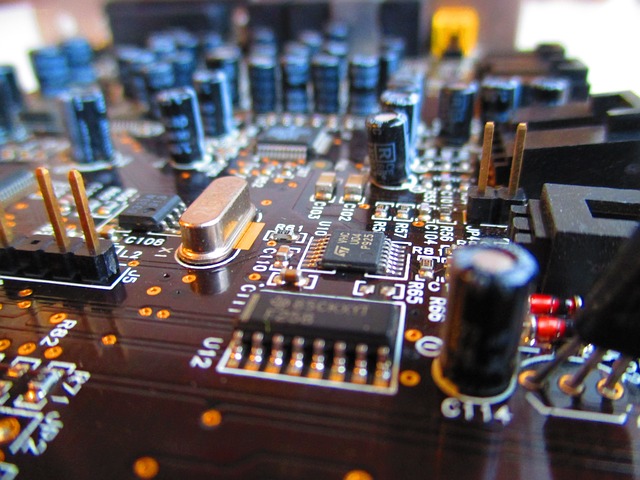Technologies used in Printed Circuit Board (PCB)
Printed circuit boards (PCBs) are the part inside your
electronic devices with all the little barrel-shaped chips in various hues. In
all honesty, you can discover these PCBs in each electrical apparatus that you
can see around you. They are available in your mobile phones, TVs, microwave
oven, dishwasher, and even your USB.
There are a variety of PCBs available from the largest size
to the smallest sizes that you can envision.
Before you can utilize your electronic devices as indicated
by its capacity, those PCBs that make them work experience numerous stages.
Each stage utilizes various technologies to make PCB’s work.
PCB is a significant piece of the electronic device and a
significant piece of circuitry that has been in production for quite a while.
Till now, PCB has arrived at a genuinely fine degree.
Numerous upgrades and improvement of PCB advancements have been conceived.
As per the quantity of printed circuit board, PCB can be
separated into:
·
single-side PCB
·
Double side PCB
·
Multi-layer PCB
Technologies used in PCB
Here some of the technologies used in the PCB’s:
High-Density Any Layer Interconnect PCB
For HDI (High-Density Interconnector) with various
progressive structures, there are incredible contrasts in their manufacturing.
For the most part, the more multi-level structure will be,
the more mind-boggling and complex the manufacturing process will be.
Ultra-high thickness in any layer interconnected printed
circuit board has a place with the printed circuit board in the top of the line
items. Its greatest interest originates from the market for electronic items
that require light, flimsy, and multi-practical highlights, for example,
advanced mobile devices, computerized cameras,PCs,and LCD TVs.
Integrated Printed Circuit Board
Integrated printed circuit board innovation is the partition
of at least one electronic component incorporated in a printed circuit board
structure. Withan integrated PCB:
·
Improves the unwavering quality of electronic
device framework
·
The signal transmission efficiency is enhanced
·
Adequately decreases the expense of
manufacturing
·
The product becomes greener, thus extremely environment-friendly
IPCB is one of the electronic frameworksthat incorporateminiature
innovation, which has tremendous market potential.
High-Density Interconnection PCB
In the mid-1990s, the United States and Japan spearheaded
the utilization of high-thickness interconnection innovation, specifically
named HDI.
The assembling procedure is to utilize a double-sided or
multi-layer board as the center circuit board and use multi-layer covering and
stacking innovation to protect the PCB between each layer of sheets completely,
producing the high thickness, high incorporation printed circuit boards.
The five significant highlights of this sort of PCB are
smaller thin, scale, high recurrence, fine, and better heat dissipation. As per
these qualities, ceaseless mechanical advancement is the improvement pattern of
the present high-thickness printed circuit board.
Thin dictates the endurance premise of a high thickness
electronic circuit. Its introduction to the world straightforwardly prompts and
impacts the generation of fine and smaller than usual PCB’s. Fine wiring, fine
small-scale penetrating, and protection plan of each layer decide if the high
thickness PCB can adjust to high-frequency activity and is helpful for sensible
warm conductivity.
This is likewise a significant strategy to pass judgment on
the incorporation level of the electronic circuits in the ultra-high thickness
electronic circuit board.
High speed & frequency PCB’s
Blazing fast and high-frequency PCBs were applied in the military
field as right on time as the finish of the twentieth century.
However, in the previous decade, because of the exchange of
part of the high-frequency correspondence for military purposes to regular
citizen use, the data transmission innovation of high recurrence and fast for
nonmilitary personnel use has gained quick ground, which has advanced the
improvement of electronic data innovation in varying backgrounds.
It has the attributes of telemedicine activity,
long-distance correspondence, and, most importantly management and control of
enormous logistics stockroom.
Conclusion
PCB’s are the most broadly utilized technology available
today. Alongside the advancement of electronic innovation, there will be
increasingly imaginative and improved PCB producing advances later on.

